ABOUT THE AUTHORS
The late Gayen Wharton was a native Utahn who was active in environmental education. She was a graduate of the University of Utah. As an elementary school teacher, she was a national Project Learning Tree educator of the year. Gayen was also active in her local community council. She and Tom Wharton were the parents of four children. She passed away in 2004 after a nine-month battle with ovarian cancer.
Tom Wharton retired from full-time work at The Salt Lake Tribune in 2016 after working as an outdoor writer, sports writer, and columnist for over forty-five years. He still writes for the newspaper occasionally. The 1973 graduate of the University of Utah served as president of the Outdoor Writers Association of America in 1998 and 1999. He served twenty-one years in the Utah National Guard. He and his wife Nancy live in Taylorsville, Utah, where they enjoy hanging out with their children, grandchildren, and pets.

IT HAPPENED IN UTAH
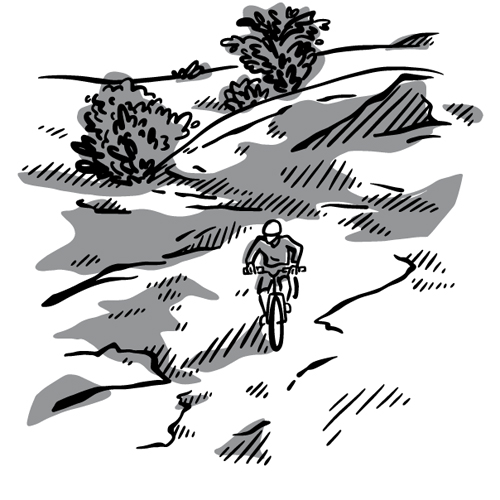

An imprint of The Rowman & Littlefield Publishing Group, Inc.
4501 Forbes Blvd., Ste. 200
Lanham, MD 20706
www.rowman.com
Distributed by NATIONAL BOOK NETWORK
Copyright 2018 by The Rowman and Littlefield Publishing Group, Inc.
All rights reserved. No part of this book may be reproduced in any form or by any electronic or mechanical means, including information storage and retrieval systems, without written permission from the publisher, except by a reviewer who may quote passages in a review.
British Library Cataloguing in Publication Information available
Library of Congress Cataloging-in-Publication Data available
ISBN 978-1-4930-3626-4 (paperback)
ISBN 978-1-4930-3627-1 (e-book)
 The paper used in this publication meets the minimum requirements of American National Standard for Information SciencesPermanence of Paper for Printed Library Materials, ANSI/ NISO Z39.48-1992
The paper used in this publication meets the minimum requirements of American National Standard for Information SciencesPermanence of Paper for Printed Library Materials, ANSI/ NISO Z39.48-1992
Printed in the United States of America
Our thanks to our grandparents who told us stories
and shared their history.
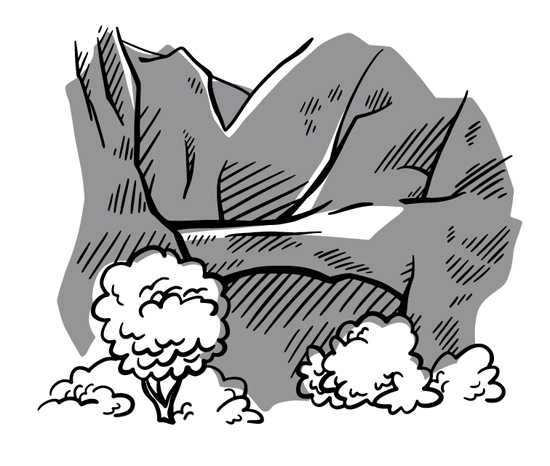
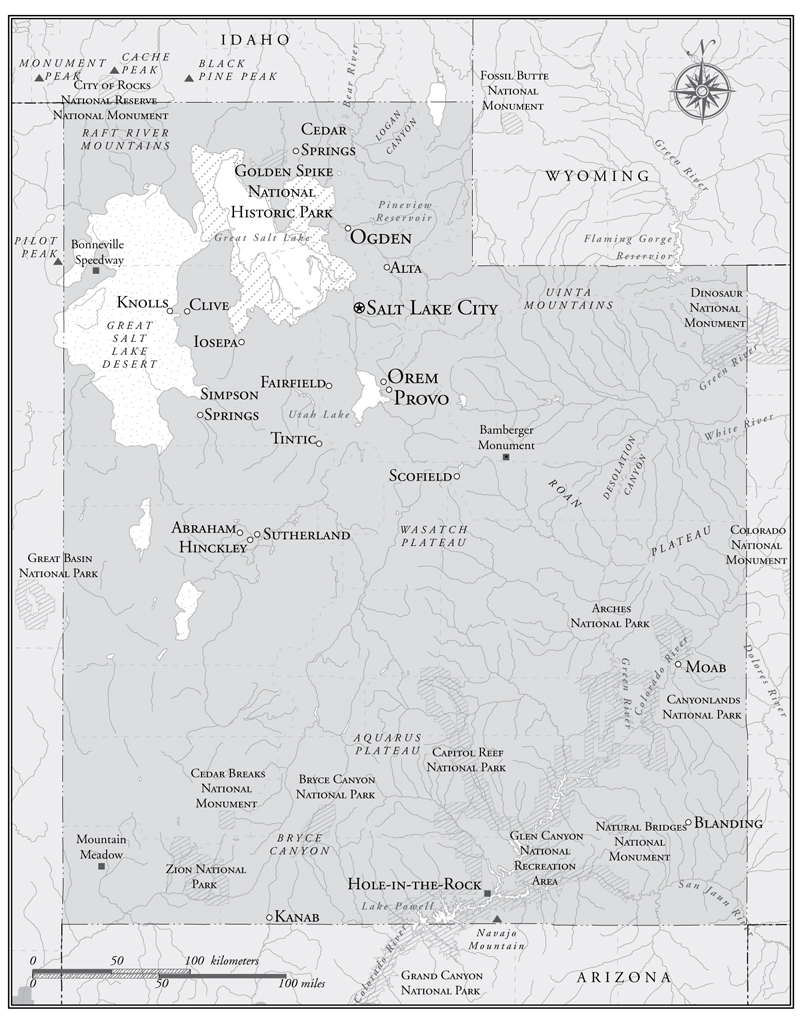
ACKNOWLEDGMENTS
S pecial thanks to those individuals who helped with our research: Mel Bashore from the LDS Church Library and the staff at Utah State Historic Society were invaluable. Many thanks to June Omura Aoki, Roy Webb, Marion Dunn, Alexis Kelner, Patrick Hearty, Betty Stanton, Madge Tomsic, Lori Perez, Kathy Hart, Dee Holliday, Rich Ingebretson, Ken Sleight, Dick Wilson, Edward Thomas, Bob Woody, and Sean Means. The Salt Lake Tribune also helped provide valuable research materials.
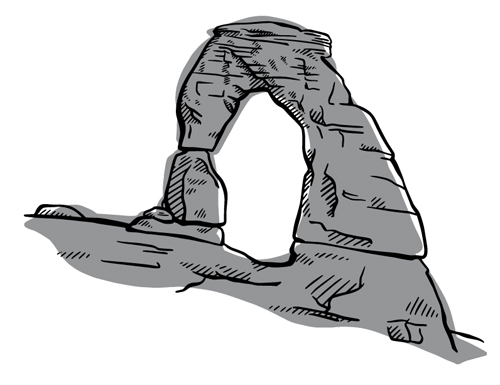
PREFACE
W e chose the stories for It Happened in Utah because they grabbed usand drew us into reading more about the history of our remarkable state. It Happened in Utah is meant to be a different kind of history book. Utahs unique history and culturefrom the arrival of the mountain men in 1825 to the Winter Olympic Games in 2002are chronicled here in an unusual way. Each chapter tells the story of a single, brief event that helped shape Utah. Each provides a look at one aspect of the history of the state.
Utahs history was strongly influenced by the Mormon settlement of the area. The stories here portray this dynamic and colorful people and tell of their interactions with non-Mormons within and outside the state. We have tried to capture more of Utahs rich cultural, ethnic, and gender diversity by recounting both major eventsthe completion of the transcontinental railroad, for exampleand smaller, unusual occurrences, such as the election of an all-female town coun-cil in Kanab in 1912.
It Happened in Utah chronicles the triumphs and failures in Utahs history. Mountain Meadow Massacre recalls a tragedy. Ab Jenkins Is Fast on the Salt Flats tells the story of an amazing success that could have happened only in Utah.
We hope that students of history of all ages, and anyone who loves a good story, will enjoy It Happened in Utah .
As of 2016, the states population was 3.051 million and growing. The majority, 76 percent, live along the Wasatch Front between Ogden and Provo. Salt Lake County has 1.107 million residents.
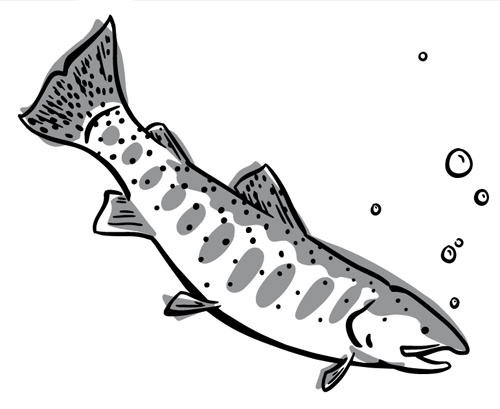
1825
A FUR TRADERS
FIGHT

B y the time Peter Skene Ogdens group reached the Great Salt Lake in May of 1825, they 3had struggled through deep snowdrifts and achieved a hazardous mountain crossing. War parties of Bloods and Blackfeet had attacked, costing them the lives of both horses and men.
Around the same time, Etienne Provost entered the Great Salt Lake area. A French-Canadian fur trader, Provost led a motley group of Canadian, Spanish, and even Russian mountain men out of Taos, New Mexico. Provost had run into trouble with the Spanish government in New Mexico over his trapping activities and had spent time in Santa Fe dungeons. Now he looked to provide beaver pelts for Spanish Trail traders.
THE STATES LOWEST POINT is Beaver Dam Wash at 2,000 feet above sea level. The Mohave Desert, the Great Basin, and the Colorado Plateau converge in the Wash, creating a unique area. This unusual habitat contains the topography, plants, and animals of all three regions.
On this May 1825 trip to the Great Salt Lake, Provost ventured farther north. He soon found himself in the same territory with the British group under Peter Skene Ogden. To crowd matters further, John Weber showed up with an American party trapping for fur traders William H. Ashley and Andrew Henry. With all these men in the same area after the same limited resource, trouble was inevitable.

Before they encountered Ogden, Provosts party met up with Weber and the Americans. The Canadian and his men listened to the talk of Jedediah Smith, an American trapper working for William H. Ashley. Smith had been in Oregon Territory on business. He had left there at the same time as Ogden. During the trip south, he had kept an eye on Ogdens party. As soon as Smith heard Weber was in the area, he set off to find the American leader with a report that could not be ignored: Ogden was flying the Union Jack and talking as if this country belonged to Britain.
Johnson Gardner, a member of Provosts group, grew angry as he listened. Before joining Provost, Gardner had trapped the Missouri River with William Ashley and had traversed South Pass with Weber. An independent mountain man, Gardner considered himself a loyal American. The trapper led both parties to a vote to show Ogden he was not in British territory; they would pay the British a visit in the morning.



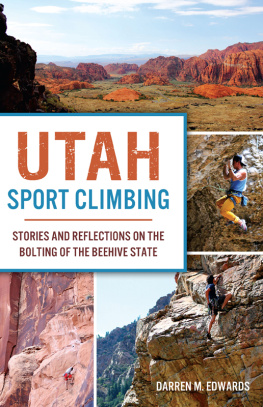
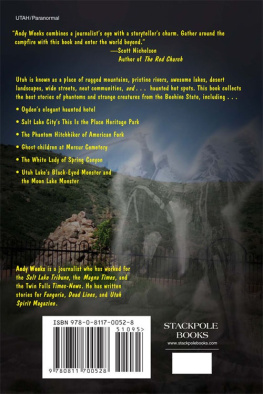
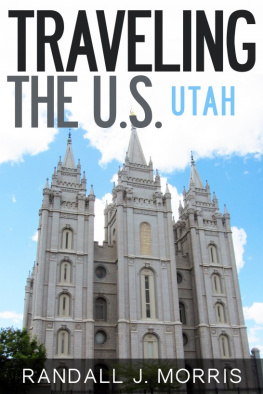



 The paper used in this publication meets the minimum requirements of American National Standard for Information SciencesPermanence of Paper for Printed Library Materials, ANSI/ NISO Z39.48-1992
The paper used in this publication meets the minimum requirements of American National Standard for Information SciencesPermanence of Paper for Printed Library Materials, ANSI/ NISO Z39.48-1992




